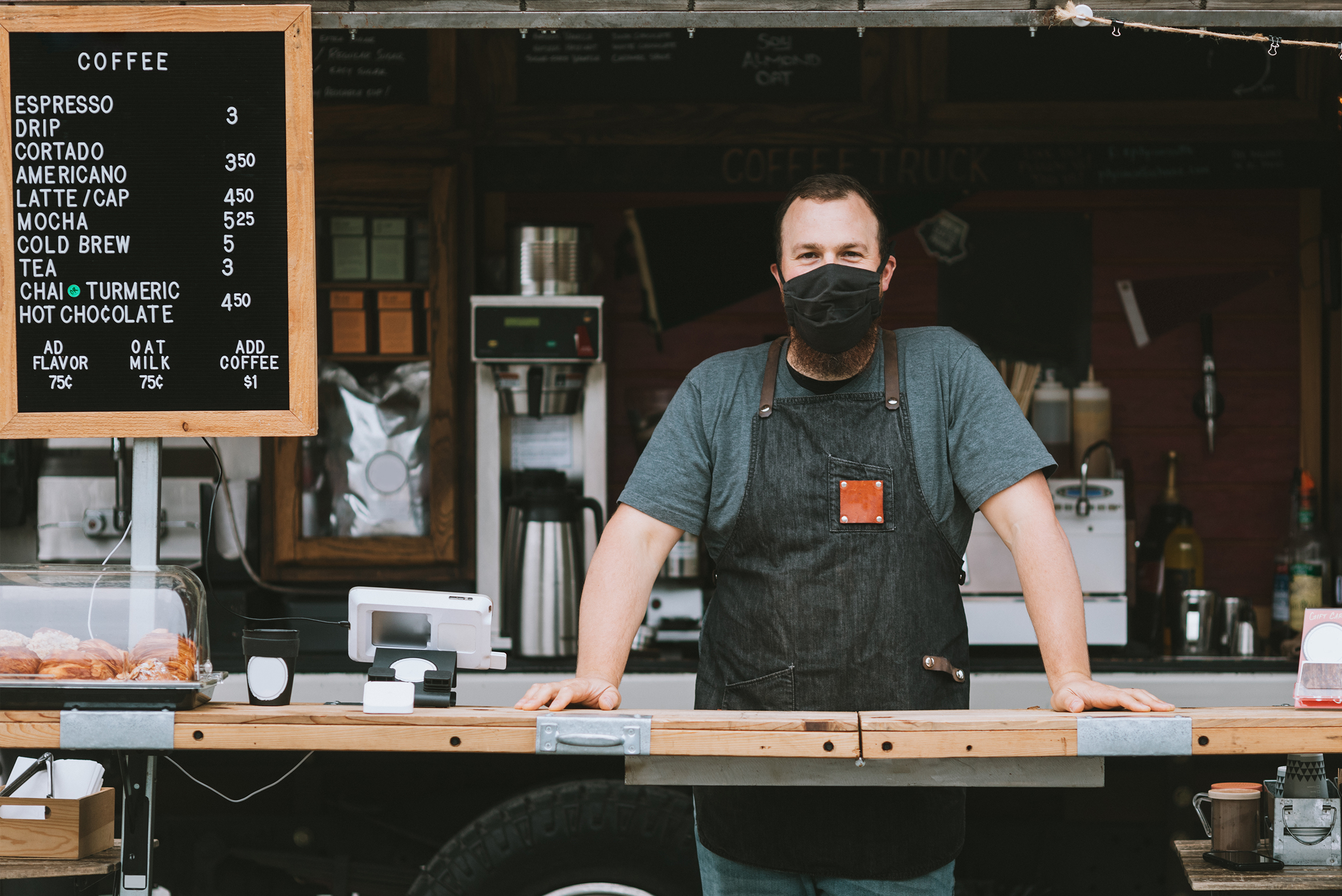
17 Nov 2020 Hindsight: Hope Is Local
With 2020 (finally) winding down, we find ourselves in a time for reflection. In any other year, we might wait until the last possible moment to get around to such a reckoning, but since this year in particular has bucked every established trend, we wanted to make sure to keep at least one tradition intact at the risk of being done a little early.
Armed with a new perspective (though not with the clarity of 20/20 vision that we had hoped), we wanted to take a look at one of the year’s underlying themes. In the U.S., 2020 will surely be remembered for the COVID-19 pandemic, mass mobilization for racial equity, and a closely contested election. Each of these events revealed tensions on a macro- and micro-scale. More specifically, they showed the connections and contradictions of actions taken at the national and the local level.
When things move along just fine — these things being the economy, social progress, etc. — national and local efforts are less defined and often conflated as one and the same. We know from past research, for example, that our small-to-medium sized municipal clients fare better on satisfaction and performance metrics when the country fares better as a whole. Likewise, they do worse on those metrics when the country does worse. However, the challenges we have faced in 2020 have elicited disparate responses from national lawmakers and leaders and their local counterparts. They have effectively loosened the correlation between national and local success, emphasizing instead that as much as they depend on one another, they sometimes work against one another, too.
Consider how universal this year’s pivotal events were: the pandemic, social protests, and election represented shared experiences for the vast majority of us. Now, consider the fact that they felt very different depending on where you live and that this was very much by design. Our country is meant to be decentralized — politically, socially, and economically — to allow for nuance and innovation. Every state, city, town, and neighborhood has the right to shape itself as it sees fit, often with only general directives from the jurisdiction above it. Day-to-day, the system works as it should. But when facing generational or once-in-a-century challenges, it was scary to know that localities across the country had to get by largely on their own. Add to this the fact that national lawmakers gave fewer directives than usual, relying instead on ambiguous, politicized cues to their respective camps that hurt more than they helped.
The good news is that many of our communities are stronger today because they depend less on the national government and organizations to address local concerns. Sure, we will always need funding from federal agencies and nationwide non-profits to accomplish great work locally, but we should no longer feel like we don’t have the knowledge, ability, and authority to do what must be done to help a neighbor in need. This year alone, for every Paycheck Protection Program loan that a local business received, neighbor-led fundraisers and shop local initiatives helped out a dozen other small businesses on the verge of closing their doors.
We are, as small communities working together in solidarity, more nimble and attuned to our immediate needs than the small number of people working at the highest levels of national government. With the help of technology and social media, we are more than capable of mobilizing at a moment’s notice, of making a positive change no matter the circumstance. And though there is still strength in numbers when it comes to applying political, social, and economic pressure on massive governments and corporations, it becomes more clear by the day that division is national, hope is local.
